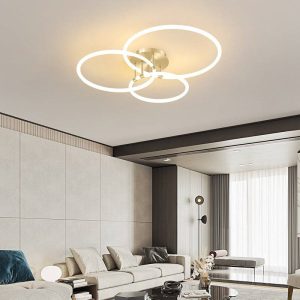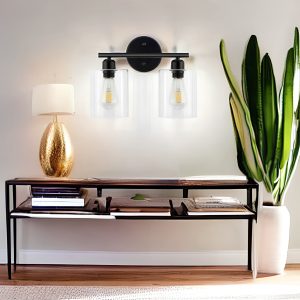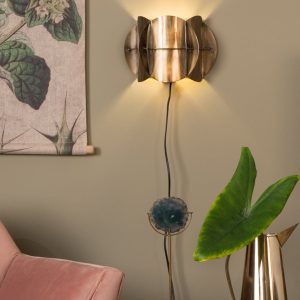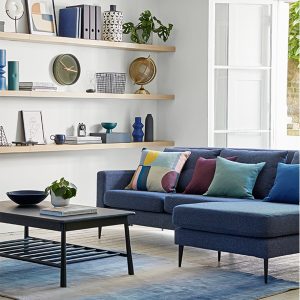
Introduction: Exploring the Fusion of East and West
IKEA’s TOKABO collection is a beautiful and functional line of furniture and décor inspired by traditional Japanese design. The collection features clean lines, natural materials, and a minimalist aesthetic, which is a stark contrast to IKEA’s typical Scandinavian style. In this article, we will explore IKEA’s TOKABO collection, its inspiration, and the impact it has on the world of design.
History and Inspiration of TOKABO
IKEA’s team of designers drew inspiration from the traditional Japanese Zen philosophy, which emphasizes simplicity, calmness, and connection with nature. The designers also looked at the architecture and crafts of Japan, particularly the work of legendary Japanese designer Sori Yanagi. Yanagi’s work is recognized for its airy, minimalist design and use of natural materials, such as wood and bamboo.
The TOKABO collection incorporates these concepts in its design, with pieces that are both comfortable and functional. The furniture pieces are designed with clean lines and a minimalistic approach, which is combined with Japanese craftsmanship that adds warmth and character to each piece. TOKABO’s neutral colors, such as white, beige, and pale wood shades, let the versatile design of the pieces stand out.
Impact of TOKABO on the Design World
Inspiring New Directions in Design
IKEA’s TOKABO collection serves as an example of design fusion, blending East and West, and inspiring new directions in design. The line is a nod to traditional Japanese design but also presents it in a modern and minimalist way. By exploring the balance between tradition and innovation, IKEA pushes the boundaries of design, urging designers to take risks and find new ways to create.
The Expansion of the Minimalist Aesthetic
The minimalist aesthetic is seen throughout the TOKABO collection. This approach has historically been popular in East Asian art, but the popularity of the TOKABO line suggests the minimalist aesthetic is growing in the West, too. TOKABO’s clean lines, natura







